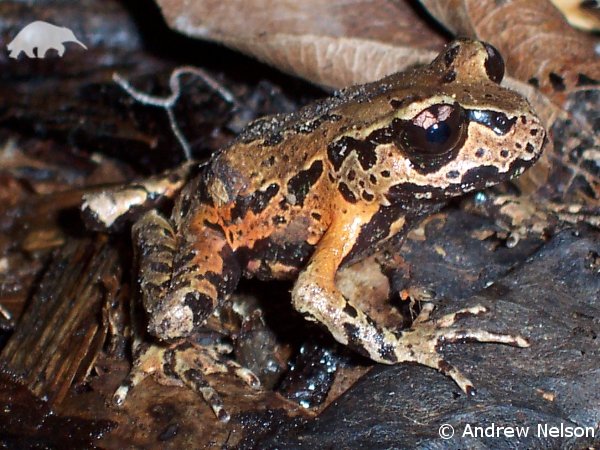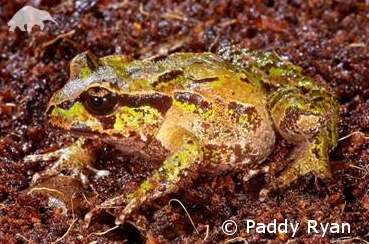This frog is often described as a “living fossil” since it is almost indistinguishable from the fossilised remains of frogs that lived 150 million years ago. Archey’s frog (Leiopelma archeyi) is one of four species of prehistoric New Zealand frogs which are the most ancient and primitive frogs in the world. To give you an idea, New Zealand frogs started to evolve over 200 million years ago, which means their lineage has been evolving independently since before the Atlantic Ocean was formed and over 50 million years before the first bird appeared in the fossil record.


Archey’s frog is number one on the EDGE amphibian priority list for conservation and Critically Endangered in the IUCN Red List of Threatened Species. The population of this incredible species has suffered a drastic population decline. The probable cause for this decline is a virulent fungal disease called chitridiomycosis which is threatening many amphibian populations around the world. The species has also suffered from predation by introduced rats and other predators.
Support the conservation of unusual and threatened species HERE!